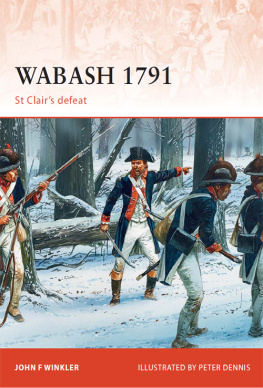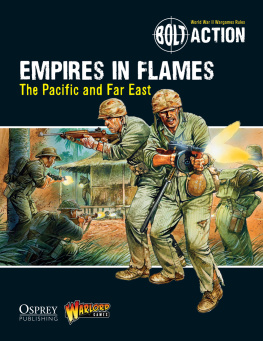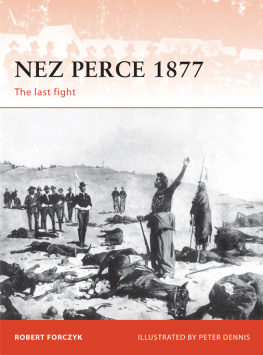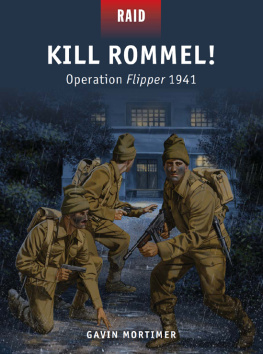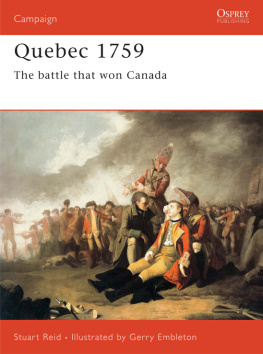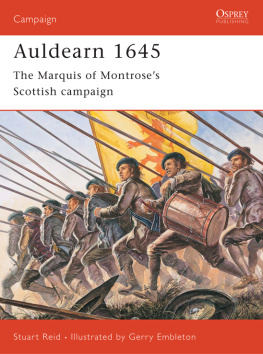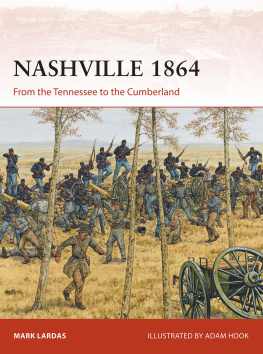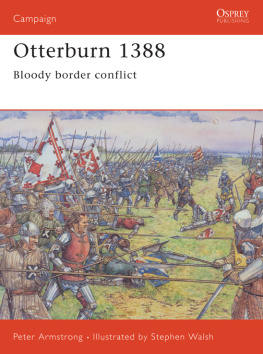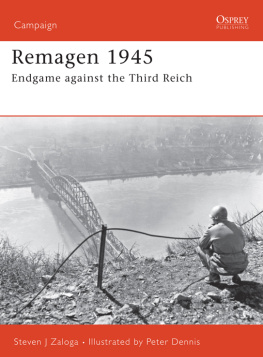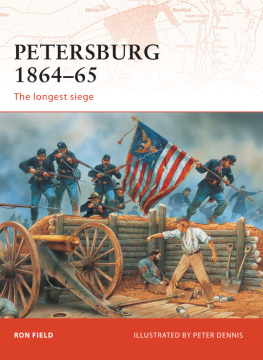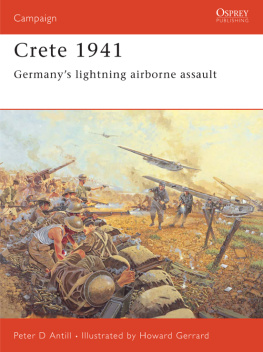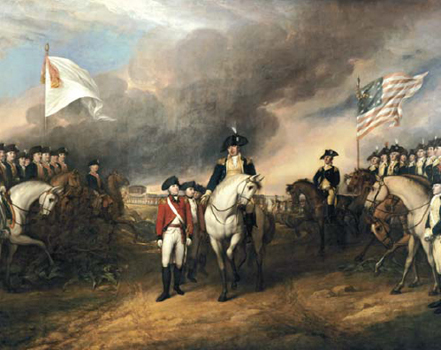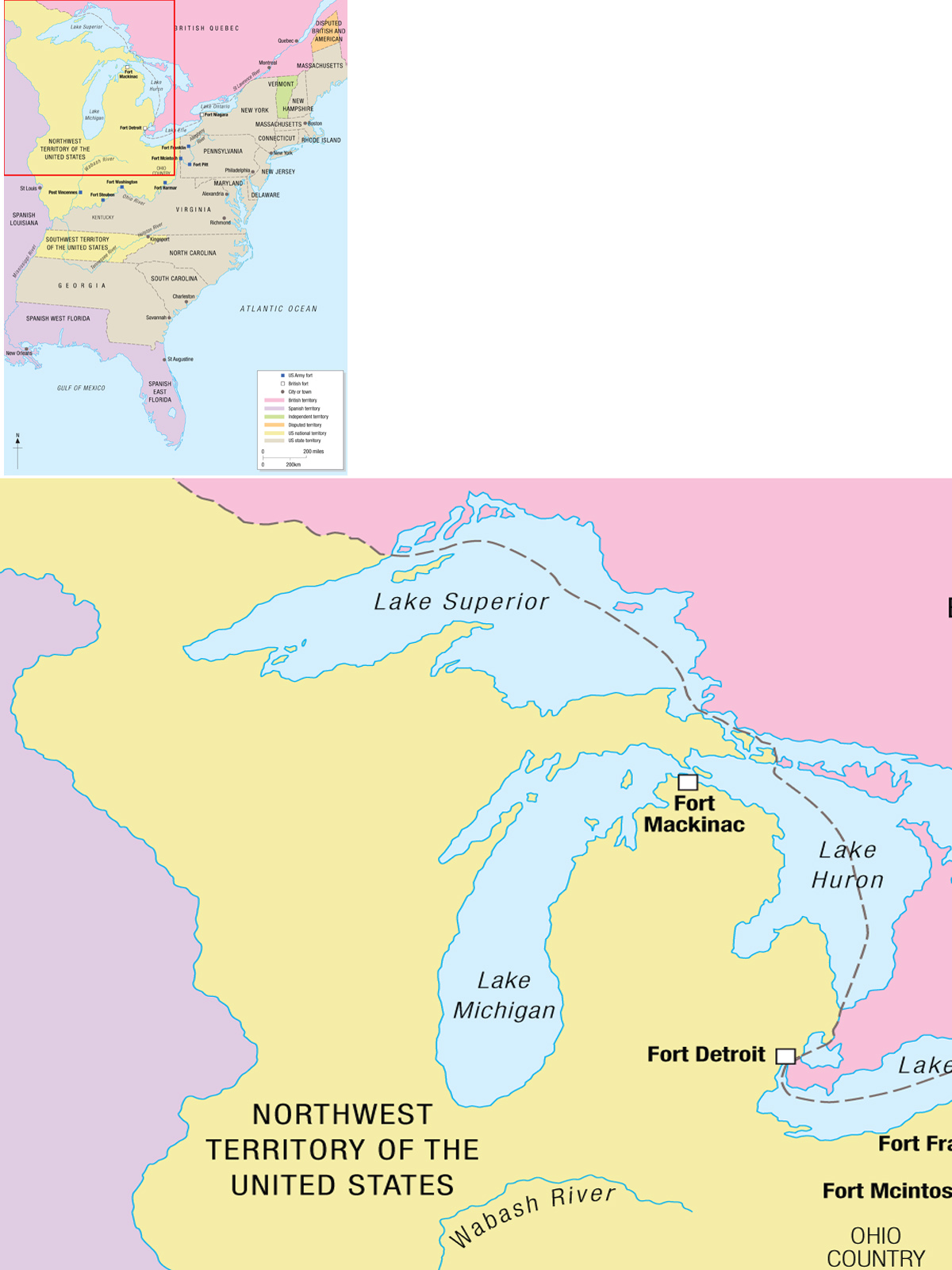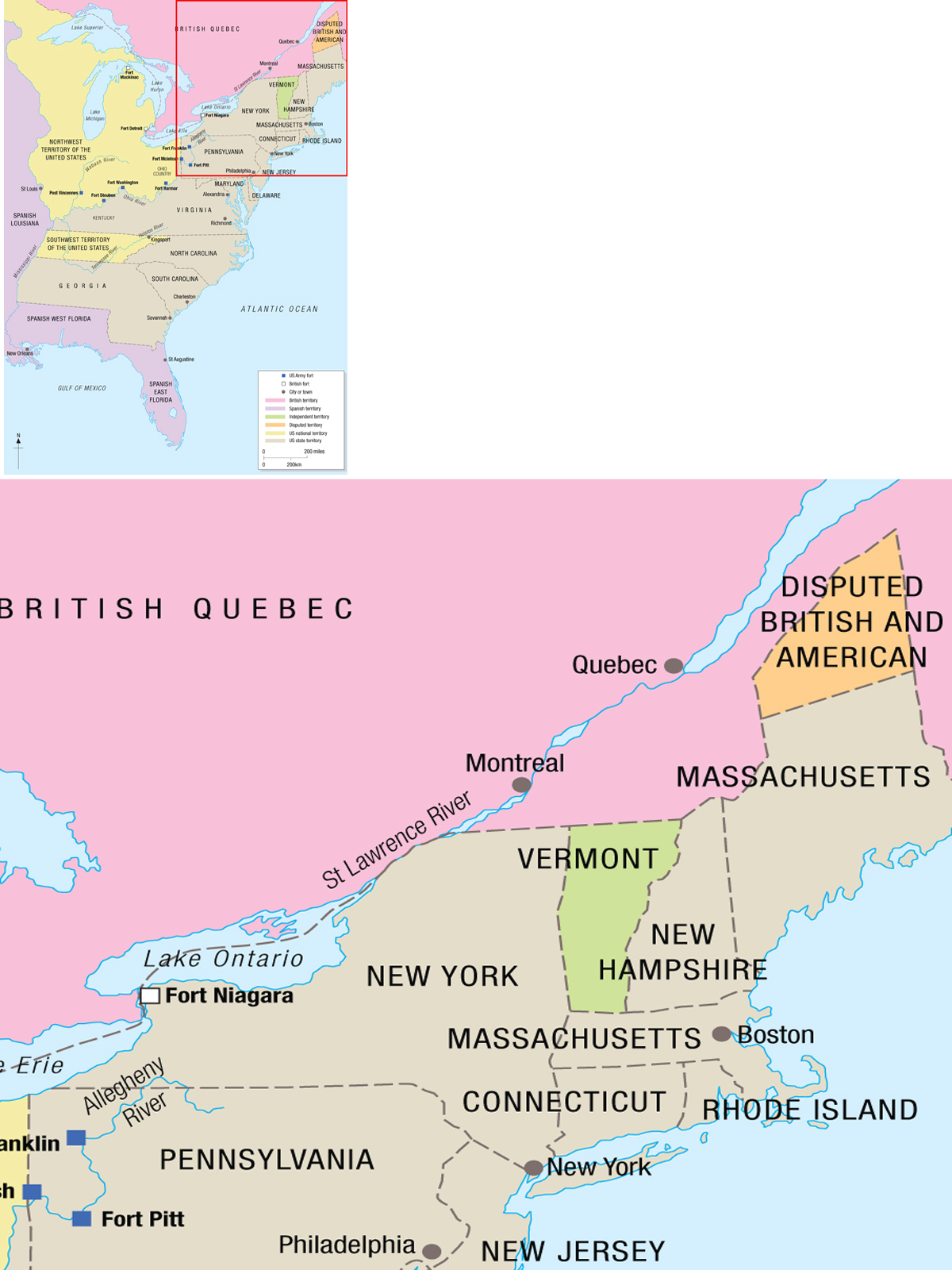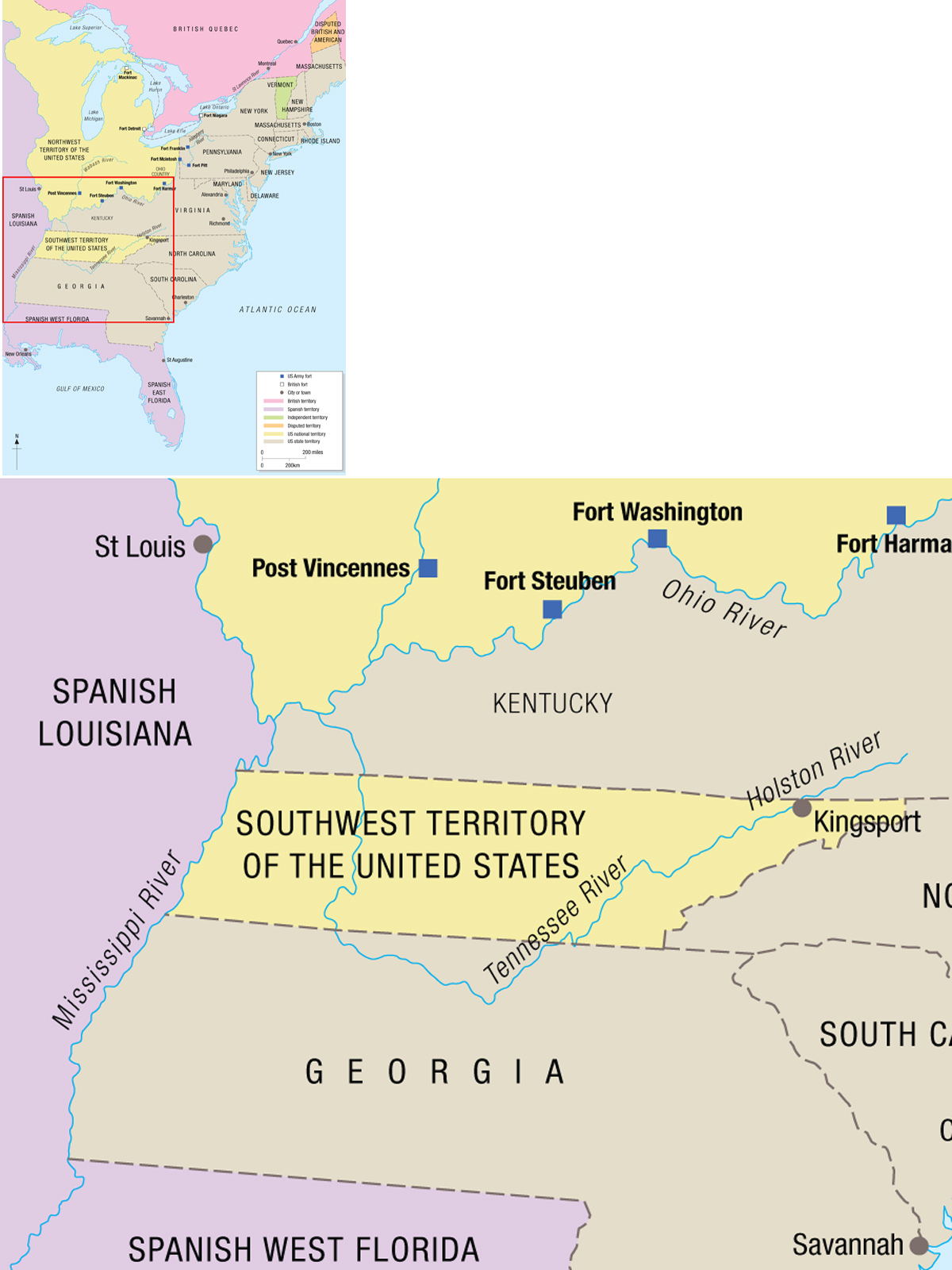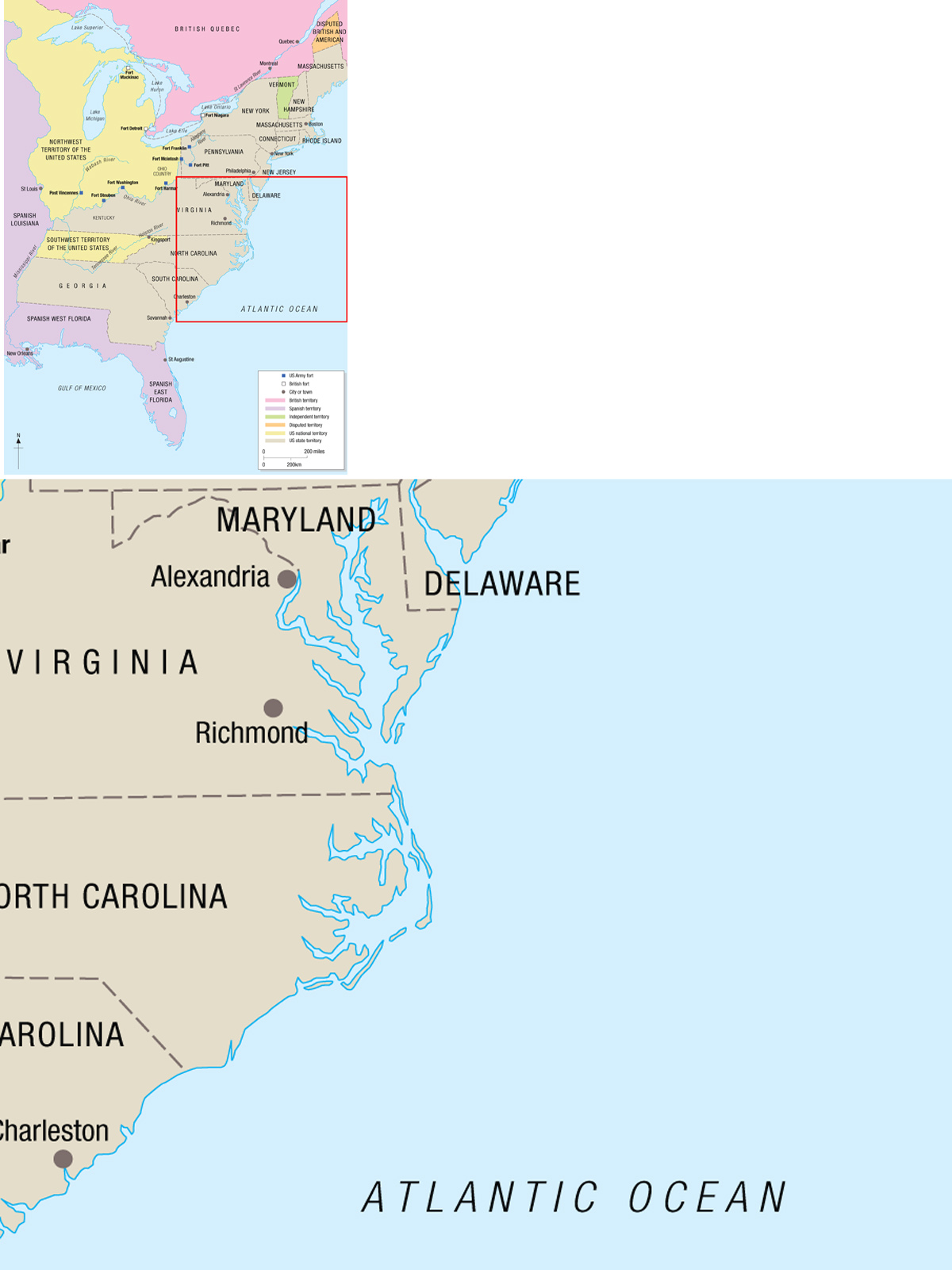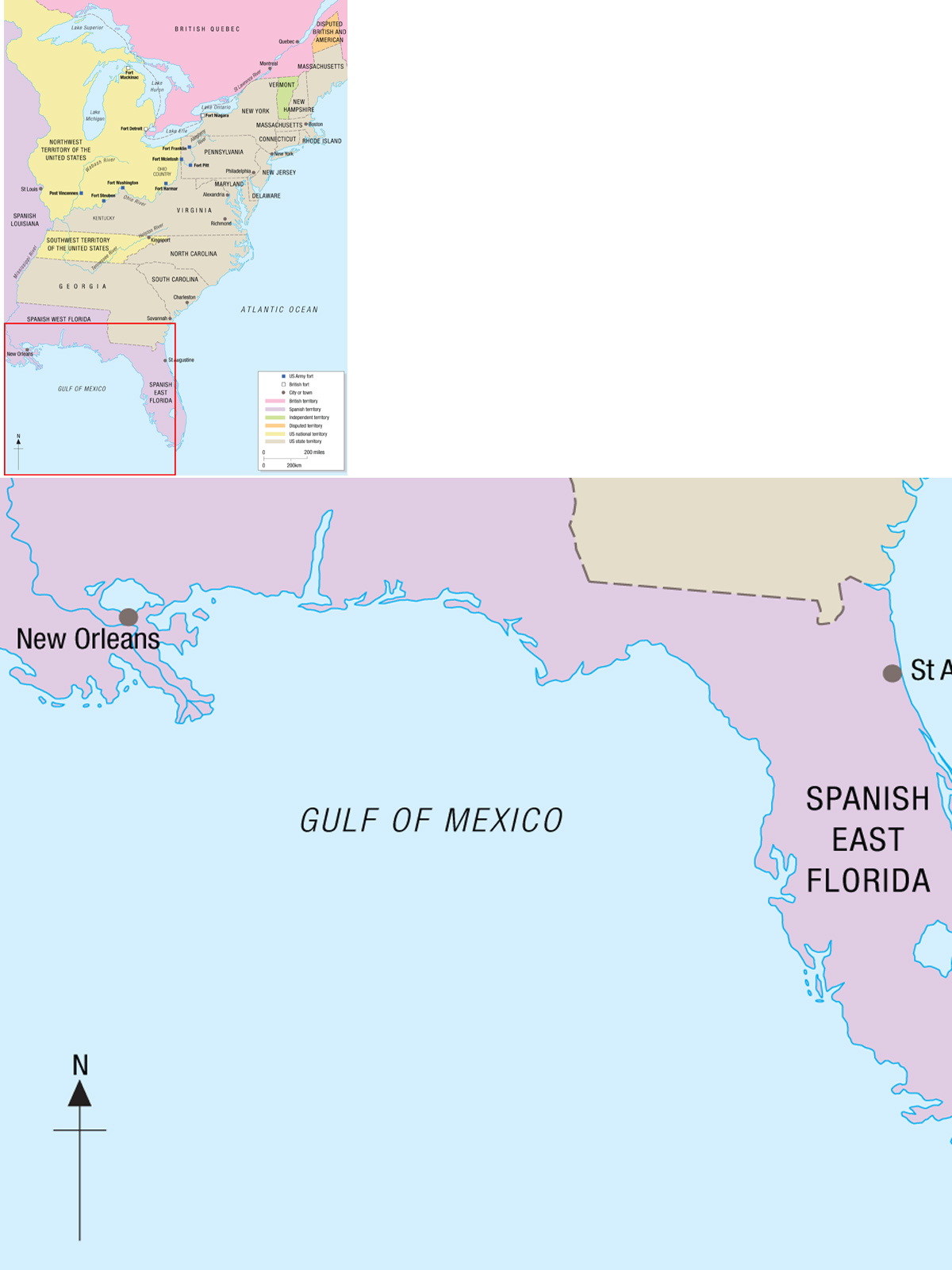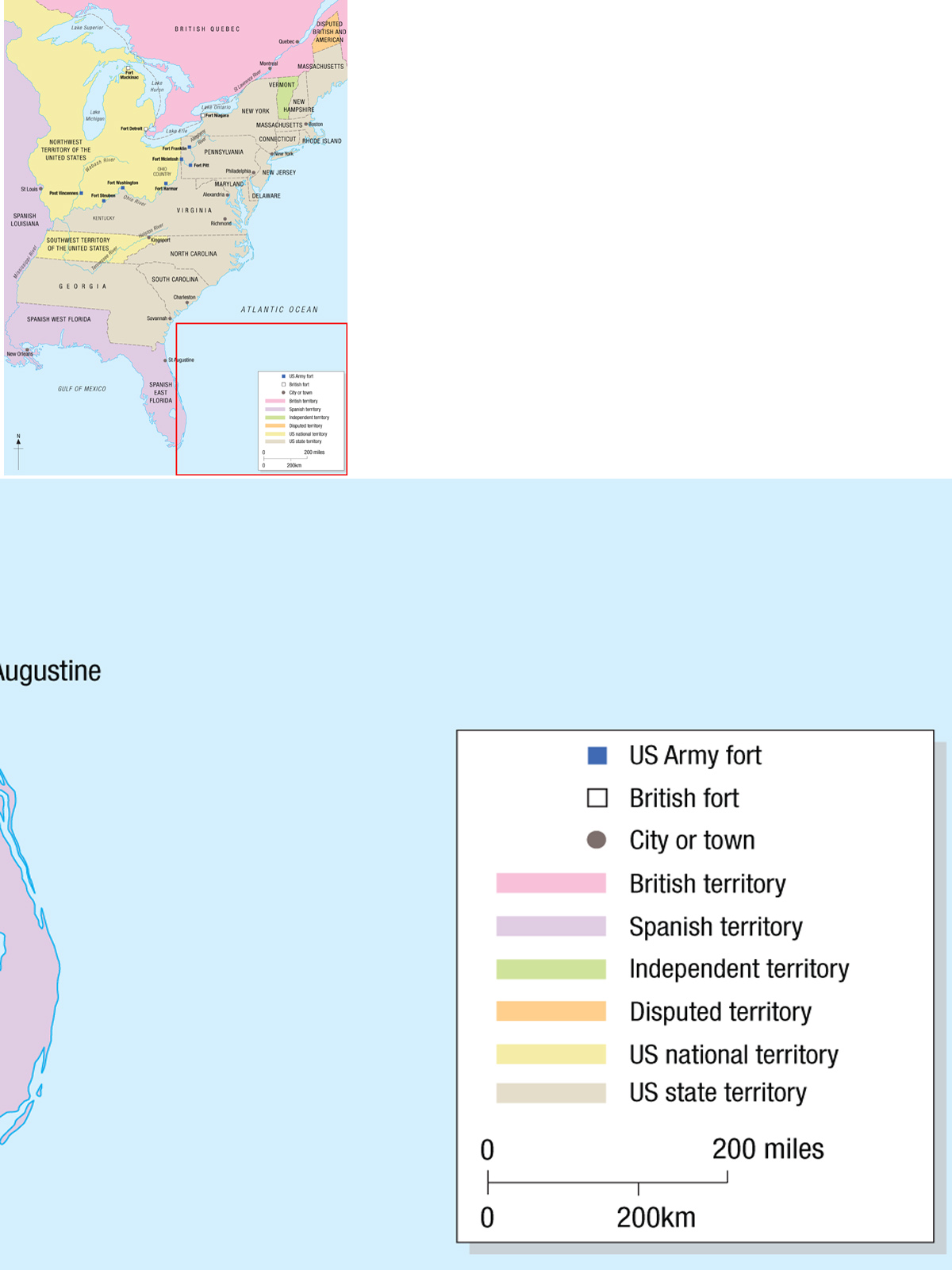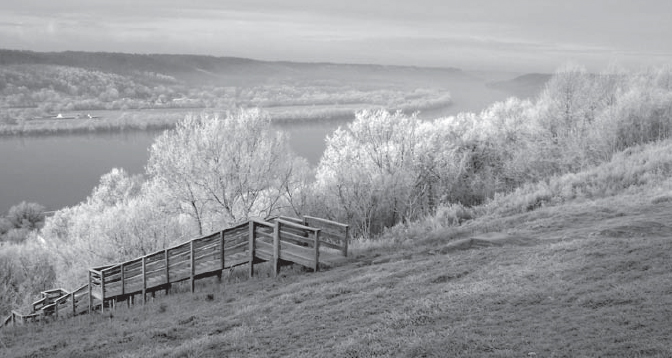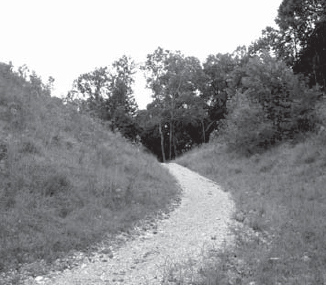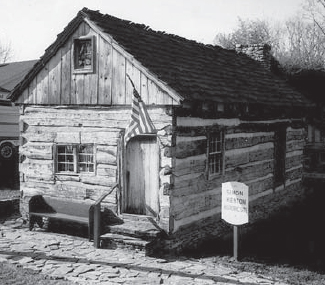CAMPAIGN 240
WABASH 1791
St Clairs defeat
| JOHN F WINKLER | ILLUSTRATED BY PETER DENNIS |
| Series editor Marcus Cowper |
CONTENTS
The situation in eastern North America in 1791
INTRODUCTION
In 1791, the federal government of the United States faced its first crisis. Two years into the presidency of George Washington and four years after ratification of the US Constitution, raids by American Indians living in what is now Ohio had become intolerable. Unless the United States acted to take control of the area between the Ohio River and the Great Lakes, the new nation would have no future west of the Appalachian Mountains.
The federal governments 300-man US Army was too small to undertake a campaign against the Ohio Indians. To create a sufficient force, the government recruited soldiers from across the United States. To lead them in a difficult mission on the remote Ohio River frontier, Washington looked to men who had proven their ability to command. He summoned from retirement the Continental Army officers with whom he had won American independence at Yorktown ten years before.
Major-General Arthur St Clair, who had been one of Washingtons principal lieutenants, assembled at Cincinnati about 2,000 badly trained and ill-equipped soldiers. He then led them into the dense and trackless Ohio forests. Hindered by geographical ignorance, difficult terrain, bad weather, illness, and a lack of supplies, the Americans advanced as far as the Wabash River. There, at what is now Fort Recovery, Ohio, an Indian army awaited them.
On November 4, 1791, more than 3,000 Americans and Indians met at the battle of the Wabash. Few engagements in American military history were more dramatic. Revolutionary War heroes, legendary frontiersmen, and celebrated Indian chiefs and warriors fought in the Ohio woods the greatest of all battles between Americans and Indians. Three hours of combat tested the armies very-different tactics and weapons. Concentrated Americans faced dispersed Indians. American artillery and bayonets confronted Indian muskets, bows, and tomahawks. By the time it ended, about 800 Americans were dead, more than had fallen in any battle of the Revolutionary War, and more than would fall on any battlefield before the Civil War. Hundreds more were wounded.
THE STRATEGIC SITUATION
THE OHIO RIVER FRONTIER
In 1791 the United States had about four million citizens, most of whom lived within 100 miles of the Atlantic Ocean. The territory of the United States, however, included a vast area to the west. Beyond the Appalachian Mountains about 230,000 American settlers lived in frontier counties of Pennsylvania, frontier counties of Virginia that would become Kentucky and West Virginia, and two areas controlled by the US national government. The first federal area, usually called the Southwest Territory, would in time become the state of Tennessee. The other, the Northwest Territory, would become Ohio, Indiana, Illinois, Michigan, Wisconsin and part of Minnesota.
Americans crossed the Appalachians through a series of large valleys that divided the eastern and western ranges of the mountains. An Indian trail, improved to form the Great Wagon Road, led southwest through the valleys to what is now Kingsport, Tennessee, and the valleys of the Holston and Tennessee rivers. By 1791, about 70,000 settlers had established themselves there.
This photograph shows the Ohio River as it is now, as seen after an early winter frost, from Ripley, Ohio. (Courtesy of Brown County (Ohio) Department of Tourism)
Trails to the Ohio River frontier passed through gaps in the western range of the Appalachians. The Wilderness Trail, which allowed settlement of Kentucky, led through the Cumberland Gap. This photograph shows the Saddle, the highest point in the Cumberland Gap. There, the Wilderness Trail began to descend toward the Ohio River. (Courtesy of Tennessee History for Kids)
Washington, the largest American village in St Clairs area of operations, was 70 miles up the Ohio River from Fort Washington. Founded in 1784 by the frontiersman Simon Kenton, in 1791 it had 119 cabins. This 1790 cabin is one of many that survive from the early settlement. (Courtesy of Historic Washington, Kentucky; photograph by Phyllis Helphenstine)
To the northwest, beyond the western range of the Appalachians, lay the 981-mile long Ohio River, and what was generally called the Ohio Country. The Ohio Country extended west to the Wabash River, and north to Lake Erie, through what is now western Pennsylvania, West Virginia, Ohio and eastern Indiana. The area south of the Ohio River was usually called Kentucky.
Six trails through gaps in the mountains allowed American settlers to reach the Ohio River frontier. In the northeast, Forbes Road, an Indian trail improved to carry wagons, led from Carlisle, Pennsylvania, to what is now Pittsburgh. Five other trails, passable only by horses or on foot, also led to the river. That in the far southwest, known as the Wilderness Trail, extended from Kingsport to present-day Louisville.
By 1791, about 160,000 settlers lived on the Ohio River frontier, clustered in areas near the trails or along the Ohio River. Almost all lived on small farms, often many miles from their nearest neighbors. Small fortifications, usually called fort and stations, served as refuges in time of war. The largest population centers were Lexington and Washington, in the Kentucky District of Virginia, where about 500 people lived. Pittsburgh had a population of nearly 400, and Louisville of about 200.
Seven US Army forts guarded the limits of American settlement. They extended from Fort Franklin on the Allegheny River to Post Vincennes on the Wabash. Between them, forts Pitt, Mcintosh, Harmar, Washington and Steuben lay along the 705-mile-long Ohio River frontier from Pittsburgh to Louisville.
Far beyond the American forts, in what is now northwestern Ohio, northern Indiana, southern Michigan, and southern Ontario, lay territory populated by about 15,00020,000 French, Indian, and British settlers and their descendants. A century before, the area had been unpopulated. Conflicts between the Iroquois of New York a confederacy of the Mohawk, Oneida, Onondaga, Cayuga and Seneca tribes and Indians as far west as the Mississippi River, had made the Ohio Country too dangerous for habitation.
Next page
